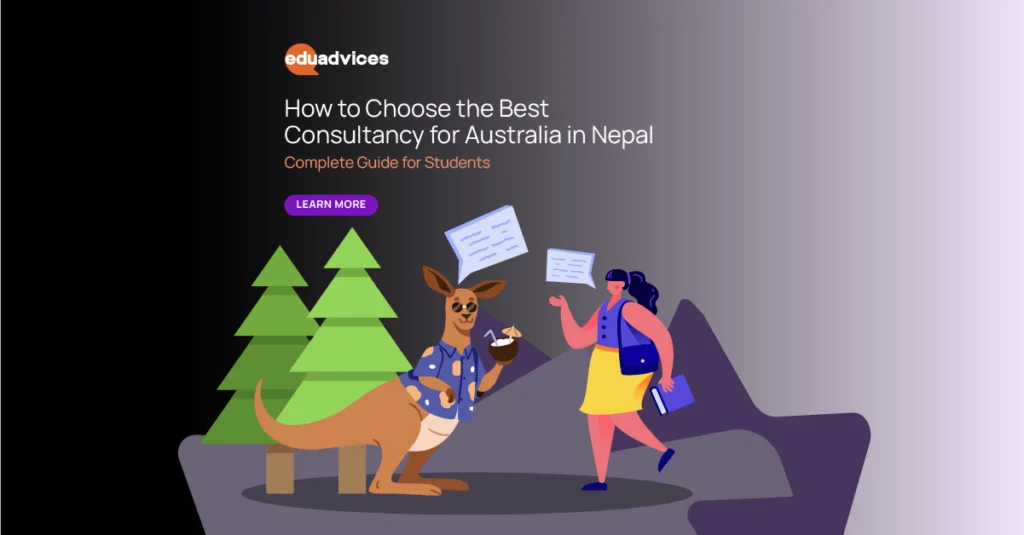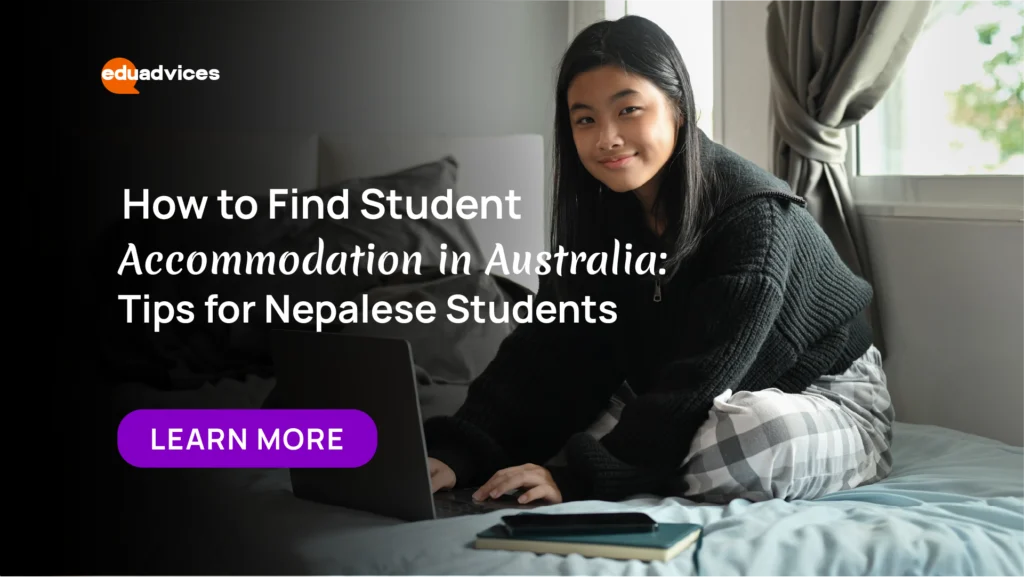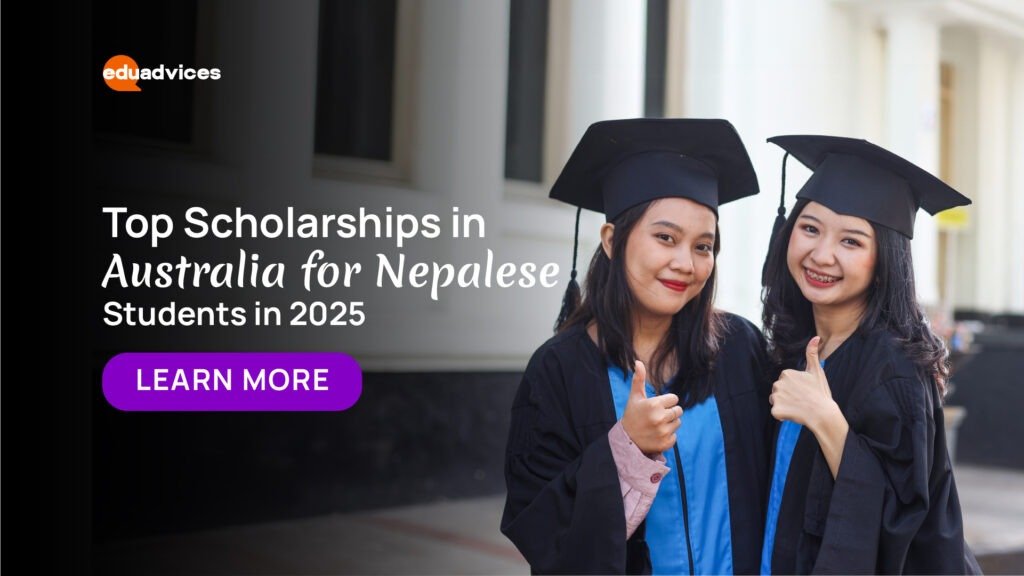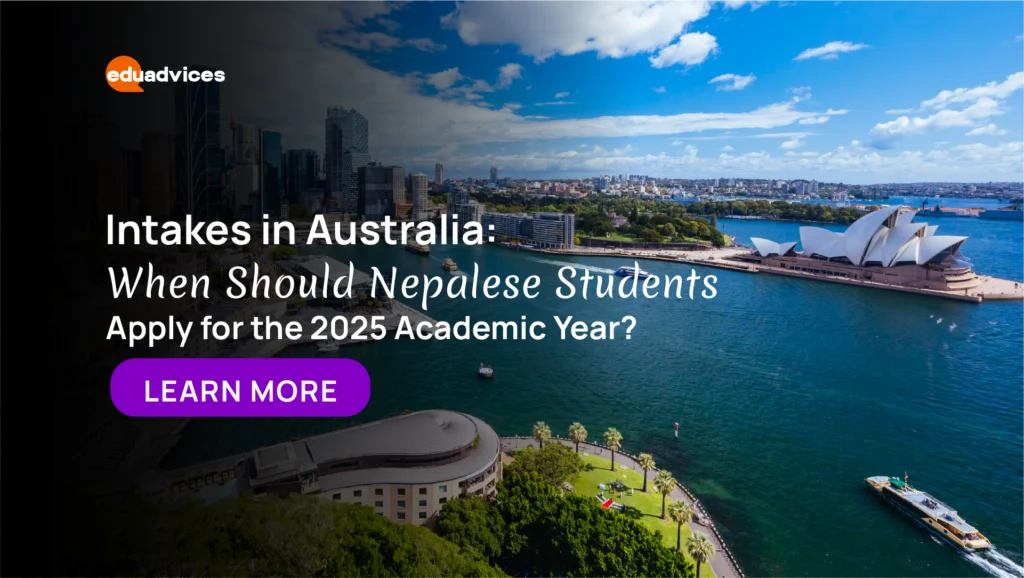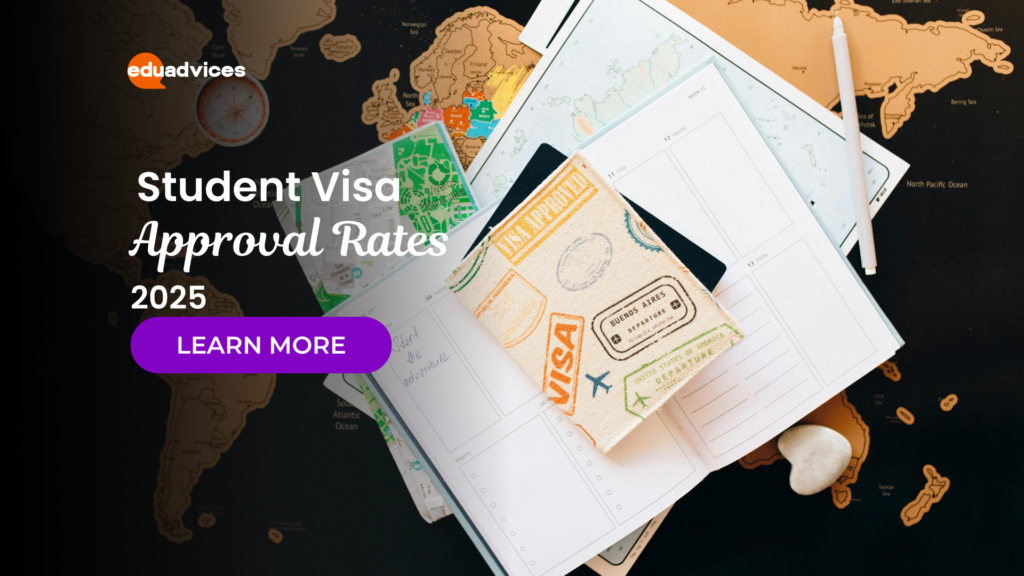How to Choose the Best Consultancy for Australia in Nepal: Complete Guide for Students
How to Choose the Best Consultancy for Australia in Nepal: Complete Guide for Students Every year, thousands of Nepali students dream of studying in Australia, a country known for its top-ranked universities, cultural diversity, and excellent career opportunities. But for many students, the most confusing and critical step is finding the right education consultancy for Australia in Nepal. The truth is, choosing the wrong consultancy can lead to false promises, wasted money, and even visa rejections. On the other hand, the right consultancy acts as your trusted advisor, helping you make informed decisions, prepare documents correctly, and smoothly transition into your new academic life in Australia. In this detailed guide, we’ll walk you through everything you need to know about choosing the best consultancy for Australia in Nepal, what to look for, red flags to avoid, and how to make a smart and confident choice. Why Study in Australia? The answer to Why study in Australia is very easy. Australia has become one of the most popular destinations for Nepali students seeking quality education, cultural diversity, and global career opportunities. The appeal lies not only in world-class education but also in a vibrant multicultural environment, excellent post-study work options and friendly Nepalese Community all over Australia. Nepali Students in Australia: Current Statistics As of 2025, Nepal is the third-largest source country for international students in Australia, following India and China. Approximately 64,825 Nepali students are currently enrolled in Australian institutions. This is a significant increase compared to previous years, reflecting the growing interest among Nepali students to pursue higher education abroad. According to the Australian Department of Education, Nepal accounts for about 8% of all international students in Australia. This shows the strong educational ties between the two countries and highlights why choosing a trusted consultancy in Nepal is crucial to navigate the application and visa process effectively. (education.gov.au) Why Australia Is Attractive to Nepali Students Australia has become one of the most preferred study destinations for Nepali students seeking world-class education, career opportunities, and an exceptional quality of life. With globally ranked universities, diverse academic options, post-study work rights, and a multicultural environment, Australia offers everything an international student looks for. The growing Nepali community in Australia further enhances its appeal, providing students with a sense of belonging and support far from home. High-Quality Education Australian universities such as the University of Melbourne, Monash University, and the University of Sydney are globally recognized for their academic excellence and research-driven programs. These institutions provide students with practical knowledge, strong industry connections, and internationally respected qualifications. Rank among best universities Every year, more than five Australian universities are listed among the world’s top 100 universities, including the Australian National University (ANU), University of Queensland (UQ), University of Melbourne, and University of Sydney. Their consistent performance in global rankings reflects the strength of Australia’s higher education system. You can find detailed blogs on the top 10 universities in Australia. Wide Range of Courses From Business, IT, and Accounting to Nursing, Engineering, and Environmental Science, Australian universities offer a broad selection of courses designed to meet industry needs and global standards. This flexibility allows Nepali students to choose programs that best align with their career goals and interests. Best Student Cities According to the QS World University Rankings, six Australian cities are listed among the top 50 best student cities in the world, with two ranking in the top 10. Cities like Melbourne, Sydney, Brisbane, and Adelaide are known for their excellent education infrastructure, cultural diversity, and high living standards, making Australia an ideal place to study, work, and live. Post-Study Work Rights Australia offers international graduates 2–4 years of post-study work opportunities, depending on their qualification level. This allows students to gain valuable international experience, improve employability, and potentially build pathways toward long-term careers in Australia. Safe and Inclusive Environment Australia is ranked among the safest countries for international students, with a welcoming multicultural society. Pathway to Permanent Residency Ranked among the safest countries in the world, Australia provides a welcoming and inclusive atmosphere for international students. Its multicultural society celebrates diversity and ensures students from Nepal feel respected and supported throughout their academic journey. Demonstration Effect The lifestyle and success stories of Nepali friends and relatives already living in Australia have created a strong demonstration effect back home. More and more Nepali students are choosing Australia over the USA because they see opportunities for a better life, quality education, and rewarding careers. In 2023, around 195,800 Nepali people were living in Australia, compared to 225,000 in the USA — showing that Australia is quickly becoming the most popular destination for the Nepali community. High Salary in Australia According to the Australian Bureau of Statistics (ABS), in May 2025, full-time adult workers earned an average weekly salary of A$2,010.00 in trend terms. This high earning potential, combined with Australia’s strong economy and high standard of living, makes it a particularly attractive destination for Nepali students seeking both educational and professional growth. With these opportunities in mind, it’s essential to work with a reliable and registered consultancy that can guide you through every step of your journey. You can read a detailed blog on why Nepali students study in Australia. The Role of Education Consultancies in Nepal Education consultancies in Nepal play a vital role in helping students achieve their dream of studying in Australia. According to government sources, 924 education consultancies were renewed in the fiscal year 2080/81, with the majority operating in Kathmandu Valley. With so many options available, choosing the right consultancy can make a significant difference in your success — from university selection to securing your student visa. A professional education consultancy is more than just a middleman; it acts as your mentor, advisor, and support system throughout the entire journey. From choosing the right course to settling in Australia, these consultancies simplify complex processes, provide accurate information, and ensure you make well-informed decisions. Here’s how an experienced education consultancy helps Nepali students turn their study-abroad aspirations into

